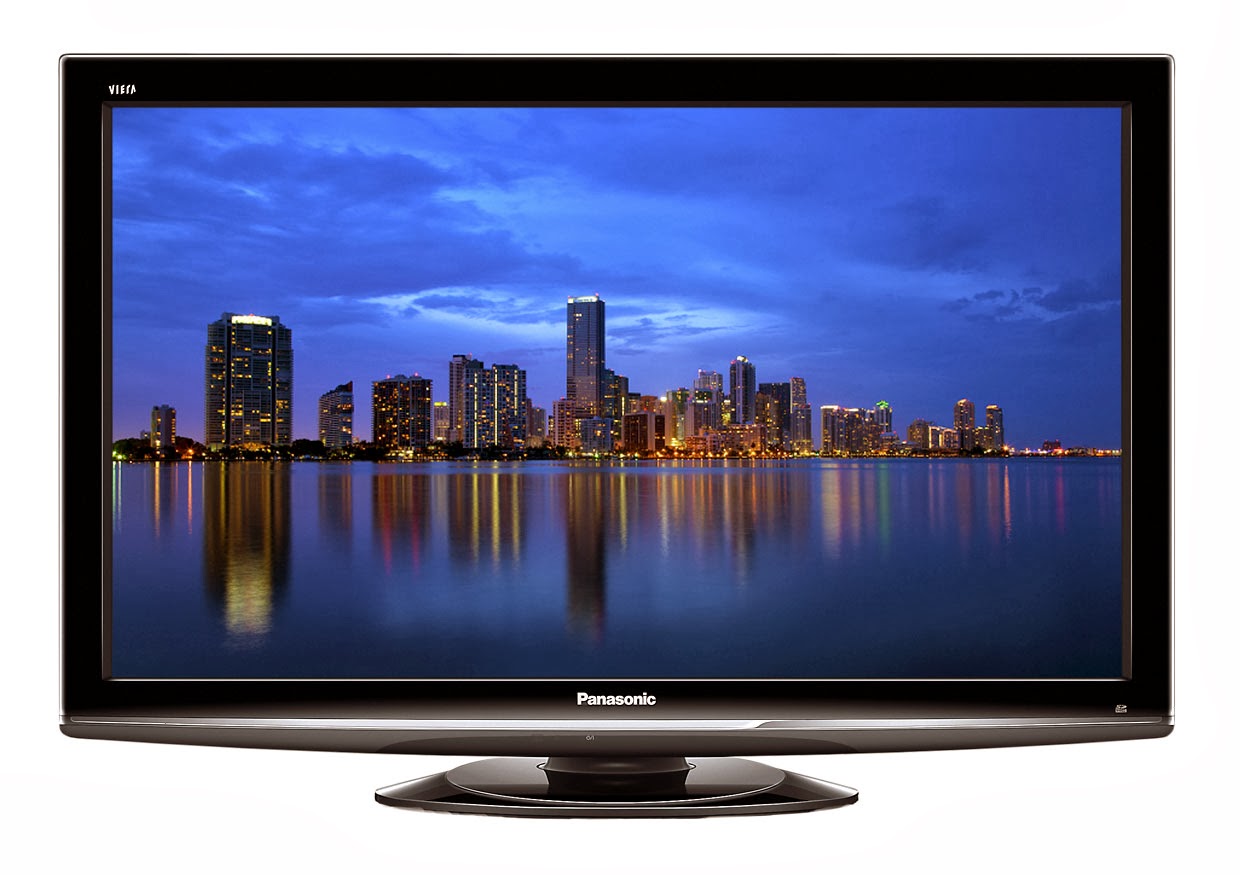Television is a device that receives and displays moving images and sounds. It is one of the most popular forms of entertainment and information in the world. Televisions can be found in homes, businesses, schools, and other public places.
The history of television can be traced back to the early 19th century. In 1826, Scottish scientist John Logie Baird invented the first television system that could transmit and display moving images. However, it was not until the 1920s that television technology began to develop rapidly. In 1927, Philo Farnsworth demonstrated the first working television system in the United States. By the 1940s, television sets were becoming more affordable and accessible to the general public.
The first commercial television broadcast in the United States took place on July 1, 1941. The program, which was broadcast from New York City, featured a variety of entertainment and news programming. Television quickly became a popular form of entertainment, and by the 1950s, most American homes had a television set.
In the early days of television, most programming was broadcast live. However, with the development of videotape recording technology in the 1960s, television programming could be pre-recorded and edited. This led to a wider variety of programming, including sitcoms, dramas, and documentaries.
In the 1970s, color television became the standard, and by the 1980s, cable television had become a popular alternative to broadcast television. Cable television offered a wider variety of programming, including sports, movies, and pay-per-view events.
In the 1990s, the internet began to revolutionize the television industry. Online streaming services, such as Netflix and Hulu, allowed viewers to watch television programs on demand. This led to a decline in the number of people watching traditional broadcast television.
In the 21st century, television continues to evolve. Smart TVs, which can connect to the internet and stream content, are becoming increasingly popular. Virtual reality (VR) and augmented reality (AR) are also being explored as new ways to experience television.
Television has had a profound impact on society. It has become a major source of entertainment, information, and education. Television has also been used to promote social change and raise awareness of important issues.
While television has many benefits, it also has some drawbacks. For example, television can be addictive and can lead to problems such as obesity and poor sleep. Television can also be a source of violence and negative stereotypes.
Overall, television is a powerful medium that has the potential to both entertain and inform. It is important to use television in a responsible way and to be aware of its potential drawbacks.
Here are some of the advantages and disadvantages of television:
Advantages
- Entertainment: Television is a great source of entertainment. There are many different types of television programs to choose from, including sitcoms, dramas, comedies, documentaries, and reality shows.
- Information: Television can be a great source of information. There are many news programs and documentaries that can help you stay informed about current events.
- Education: There are also many educational programs on television that can help you learn new things.
- Social interaction: Television can be a great way to connect with friends and family. Watching television together can be a fun and bonding experience.
- Relaxation: Television can be a great way to relax and de-stress. Watching your favorite show can help you forget about your troubles for a while.
Disadvantages
- Addiction: Television can be addictive. People who watch too much television may find it difficult to focus on other activities, such as work or school.
- Obesity: Television can contribute to obesity. People who watch too much television are more likely to be overweight or obese.
- Poor sleep: Television can interfere with sleep. The light from television screens can make it difficult to fall asleep.
- Violence: Television can be a source of violence. Children who watch violent television programs are more likely to be aggressive.
- Negative stereotypes: Television can perpetuate negative stereotypes about certain groups of people. For example, television shows often portray women as being less intelligent than men.
Overall, television is a powerful medium that has both benefits and drawbacks. It is important to use television in a responsible way and to be aware of its potential drawbacks.thumb_upthumb_downuploadGoogle itmore_vert






